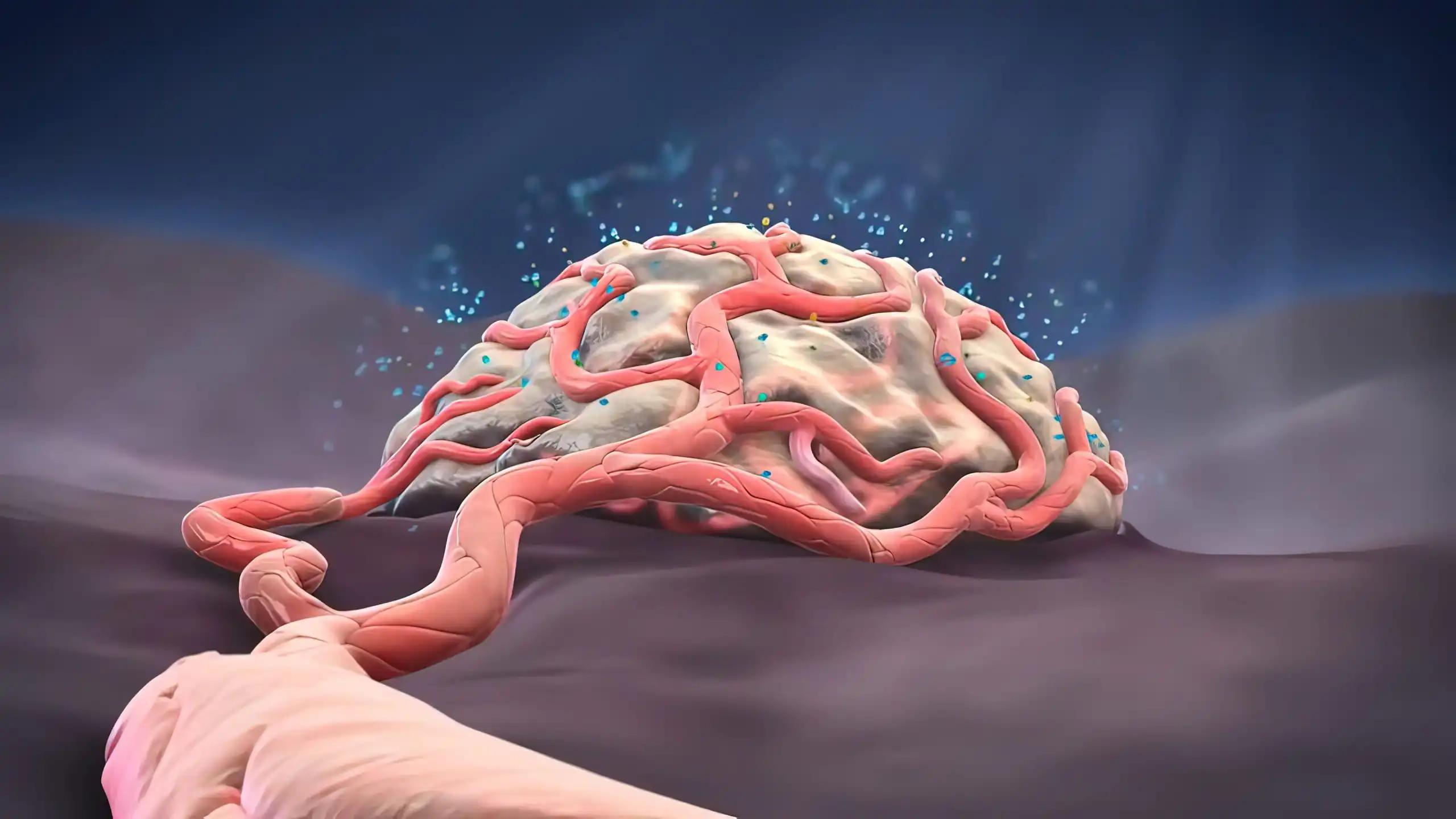KEY TAKEAWAYS
- The study aimed to create a prognostic model predicting outcomes in patients with TNBC and their response to immunotherapy.
- The results revealed CXCL13, GBP2, and GZMB as promising prognostic indicators for TNBC outcomes and immunotherapy responses.
Triple-negative breast cancer (TNBC) presents a formidable treatment challenge due to its unique characteristics. Rapid advancements in sequencing technology enable effective analysis of CD8+ T cells’ gene expression across various cell populations.
Na Ni Li and the team aimed to create a prognostic model that accurately predicts prognosis in patients with TNBC and their response to immunotherapy.
Researchers sourced sample information and clinical data on TNBC from The Cancer Genome Atlas and METABRIC databases. Initially, they identified 67 genes that were differentially expressed in CD8+ T cells and associated with immune response. From these, researchers selected CXCL13, GBP2, and GZMB as key genes to develop a prognostic model.
They evaluated the model’s accuracy using validation set data and receiver operating characteristic (ROC) curves. The study employed various methods, including Kyoto Encyclopedia of Genes and Genomes (KEGG) pathway analysis, immune infiltration assessments, and correlation analyses with CD274 (PD-L1), to explore the model’s predictive efficacy in immunotherapeutic responses. Additionally, they investigated biological pathways underlying divergent treatment responses.
The results showed that a newly developed model successfully predicted the prognosis of patients with TNBC. The model achieved areas under the curve (AUC) values of 0.618, 0.652, and 0.826 for 1-, 3-, and 5-year survival predictions, respectively. Using this risk assessment tool, researchers stratified samples into high- and low-risk groups.
Through KEGG enrichment analysis, they found that the high-risk group exhibited enrichment in metabolism-related pathways such as drug and chlorophyll metabolism, whereas the low-risk group showed significant enrichment in cytokine pathways.
Additionally, immune landscape analysis revealed notable differences in PD-L1 expression and risk scores, indicating the model’s effectiveness in predicting patient responses to immune-based treatments.
The study found that CXCL13, GBP2, and GZMB hold promise as prognostic indicators for clinical outcomes and responses to immunotherapy in patients with TNBC. These findings offered valuable insights and suggest new directions for the development of immunotherapeutic strategies targeting TNBC.
This work was supported by Joint Funds for the Innovation of Science and Technology, Fujian Province; and Fujian Provincial Health Technology Project.
Source: https://pubmed.ncbi.nlm.nih.gov/38988109/
Li NN, Qiu XT, Xue JS, et al. (2024). “Predicting the Prognosis and Immunotherapeutic Response of Triple-Negative Breast Cancer by Constructing a Prognostic Model Based on CD8+ T Cell-Related Immune Genes.” Biomed Environ Sci. 2024;37(6):581-593. doi:10.3967/bes2024.065



